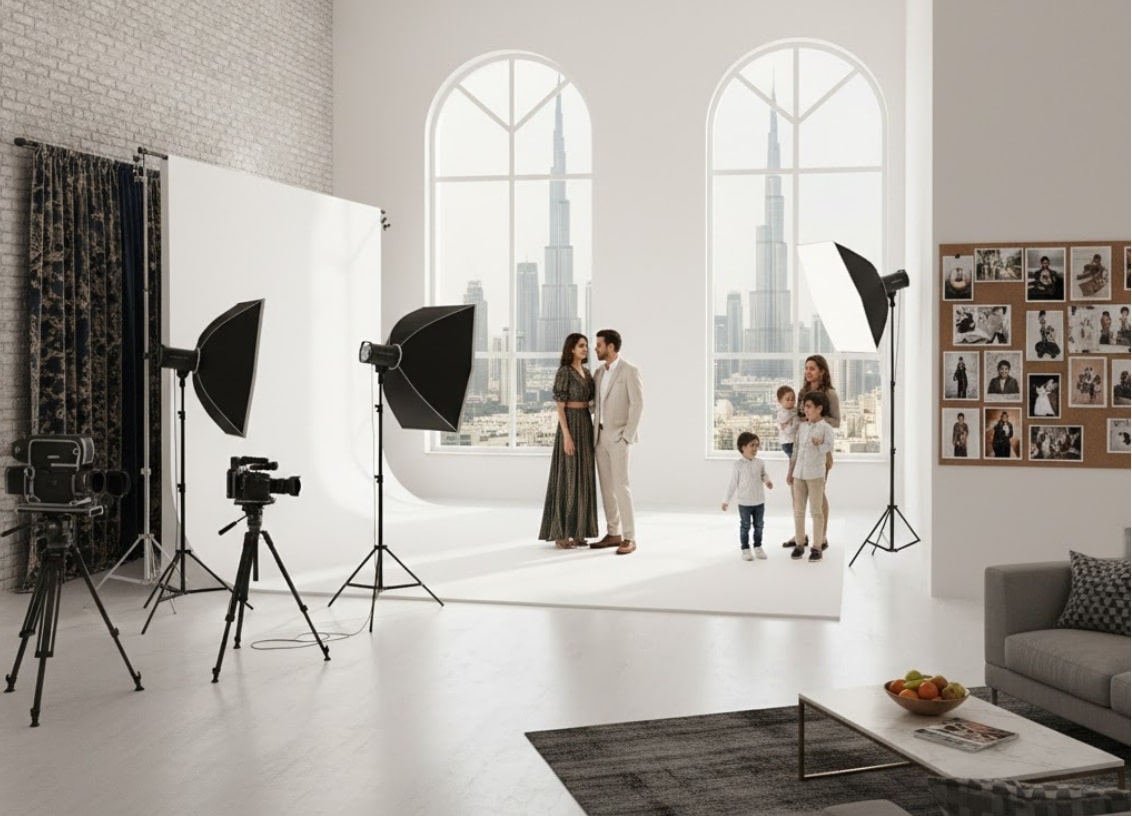Embark on the fascinating journey of film production, from the spark of an idea to the magical moment it lights up the screen. A complete guide for those passionate about storytelling through film
Why is event videography in Dubai essential for your special occasions?
Embark on the fascinating journey of film production, from the spark of an idea to the magical moment it lights up the screen. A complete guide for those passionate about storytelling through film
What Makes a Video Production Agency in Dubai the Key to Inspiring Brand Stories?
Embark on the fascinating journey of film production, from the spark of an idea to the magical moment it lights up the screen. A complete guide for those passionate about storytelling through film
What Should You Expect from the Best Professional Photography Services in Dubai?
Embark on the fascinating journey of film production, from the spark of an idea to the magical moment it lights up the screen. A complete guide for those passionate about storytelling through film
How to Choose the Best Photo Studio in Dubai for Your Next Shoot?
Embark on the fascinating journey of film production, from the spark of an idea to the magical moment it lights up the screen. A complete guide for those passionate about storytelling through film




